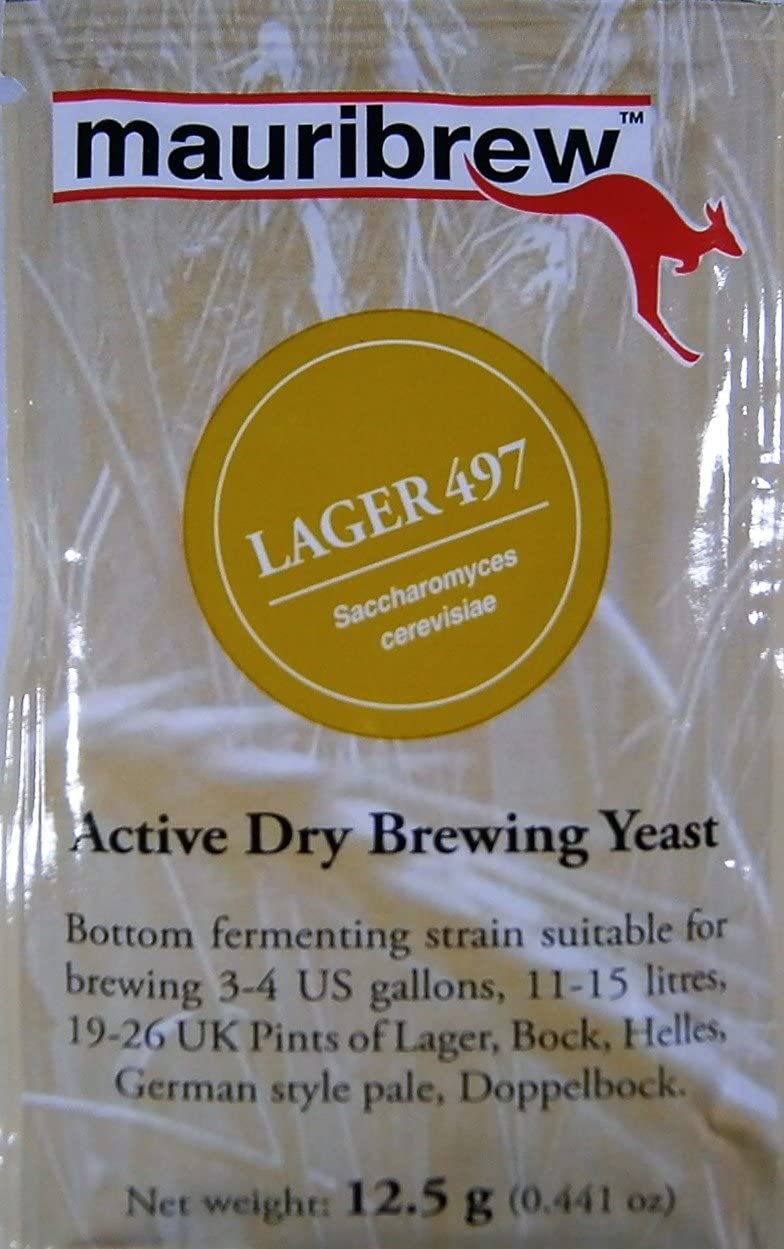If you take a closer look at the Brouwland M20 pdf, you'll see that it reads 59-86°F (18-30°C). I think the 18C is a typo, as 59F is actually 15C. Also, the "8" is just above the "5" on a numeric keypad.
Another funny thing is that the famous
Brau! article on hefeweizen has this to say about the two yeasts:
The Mauri literature on Weiss that I've seen says little to no phenolics. I wonder how reliable that Brau! assessment is.
I finally found an online shop that would send me some Mauribrew sachets. I ordered the Lager and the Weiss. I'm planning to do a split batch of the Lager and M54. I'm also considering a split batch of Mauribrew Weiss and M20, but I don't know if I want to waste the time and effort, because if they're the same (which I suspect they are), I doubt I'll be pleased with the results.




